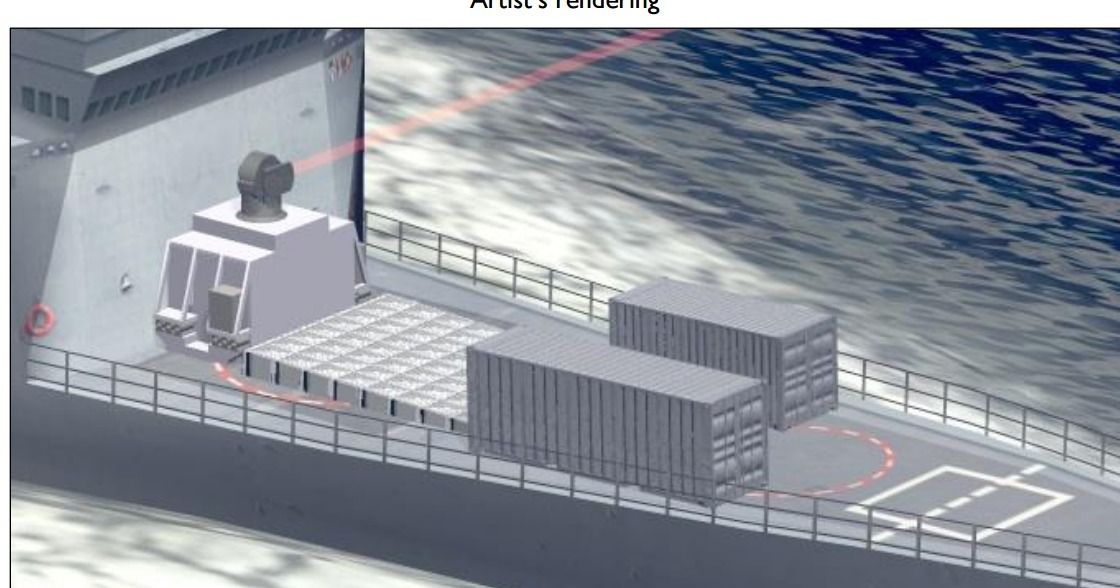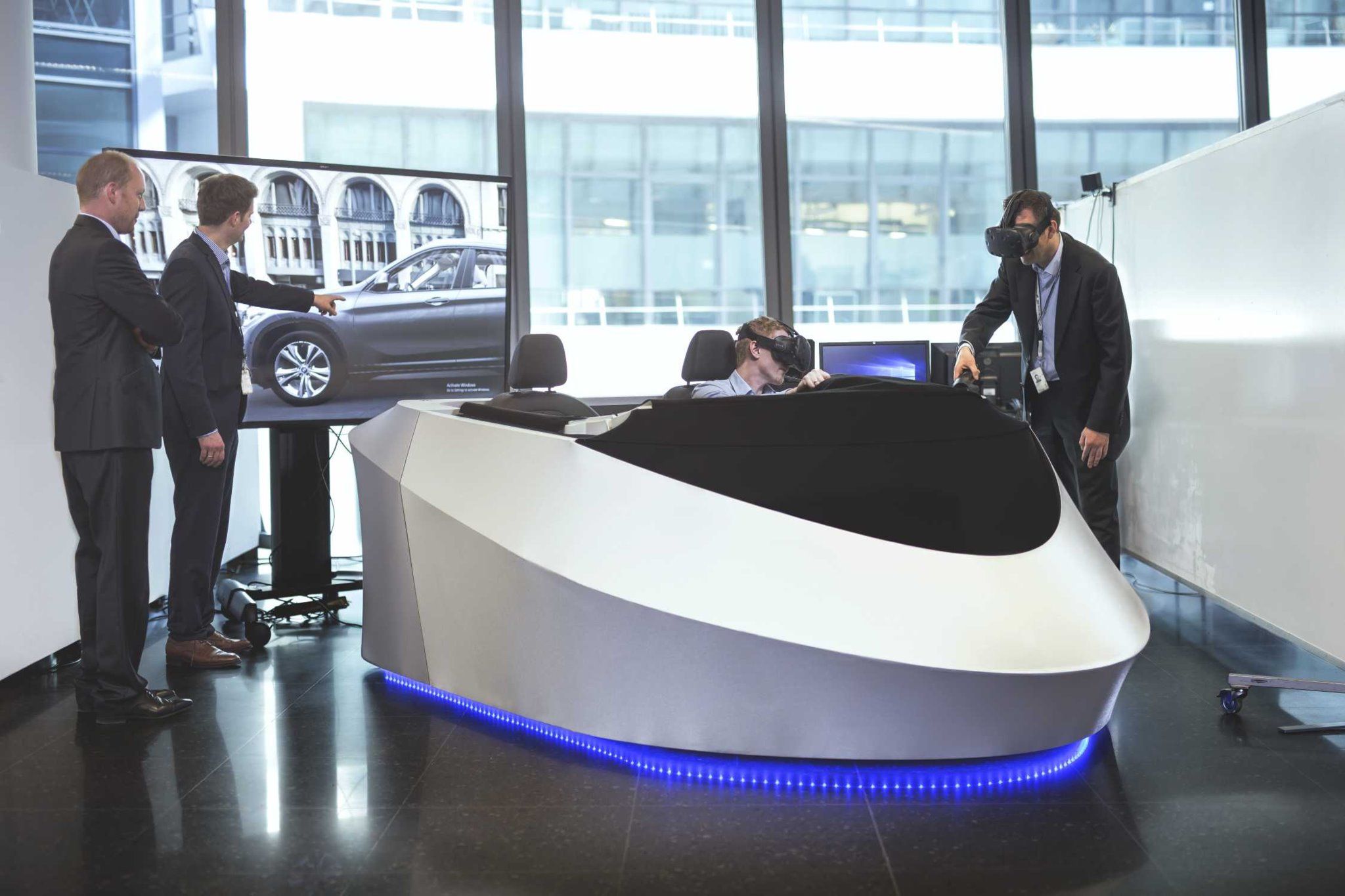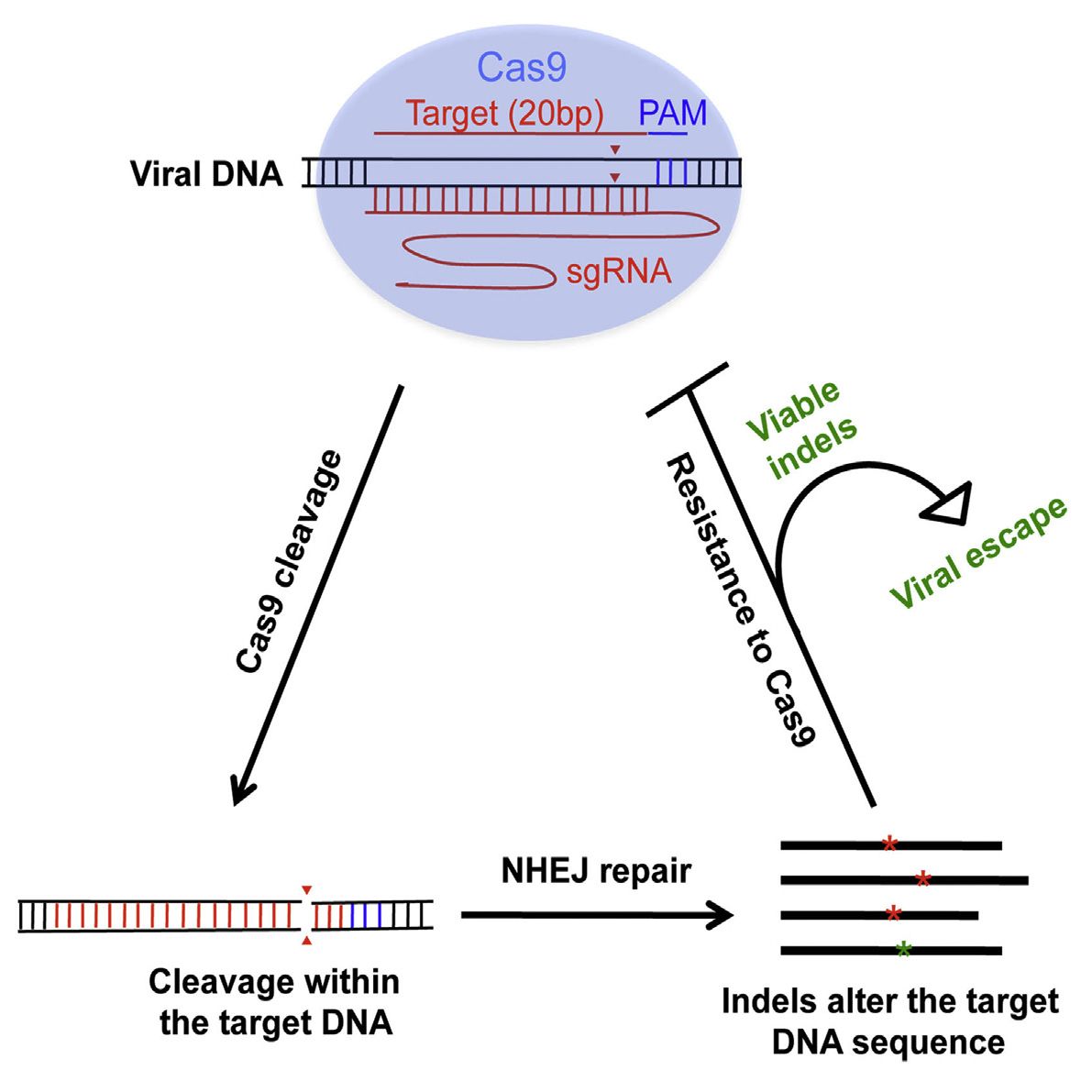Apr 7, 2016
Samsung is developing a contact lens camera, triggered by blinking, that can also project images into the eye
Posted by Karen Hurst in categories: augmented reality, electronics, internet, mobile phones
Samsung is exploring the development of a contact lens that can project images directly into the users’ eye, take photographs and connect wirelessly to a smartphone, a patent application has revealed.
The South Korean copyright authority has published a 29-page application made by the consumer electronics firm two years ago, reported the technology blog Sammobile, offering a rare insight into a science fiction vision of a future technology that could be closer than we think.
The lens could overlay internet-connected services directly into the user’s line of sight, in an example of what is known as augmented reality. It could also discreetly – even covertly – take photographs. The device would be controlled by eye movements or blinking, according to the patent, and it would connect with a smartphone.







 The U.S. Marine Corps has launched a cyberspace warfare group to help man, equip and train the military branch’s cyber mission teams to conduct defensive and offensive operations.
The U.S. Marine Corps has launched a cyberspace warfare group to help man, equip and train the military branch’s cyber mission teams to conduct defensive and offensive operations.








